In the evolving landscape of education, leveraging advanced technologies like Machine Learning (ML) has become essential to ensure effective academic performance tracking. Traditional methods of assessing students often fall short in capturing the complete picture of a learner's progress, behavior, and potential. ML, with its data-driven approach, is transforming how educators evaluate, support, and improve student performance.
In this blog, we’ll explore the top 10 ways Machine Learning improves academic performance tracking and how schools, colleges, and universities can adopt these technologies to enhance learning outcomes.
1. Personalized Learning Insights
Machine Learning algorithms can analyze large datasets from student assessments, learning habits, and engagement metrics to provide personalized learning paths. These insights help teachers identify where a student is excelling or struggling, allowing for timely intervention and support.
Example: An ML system can recommend tailored practice exercises for a student weak in algebra but advanced in geometry, thereby optimizing their learning journey.
2. Early Identification of At-Risk Students
ML models can detect subtle patterns in student behavior and performance that may indicate potential dropouts or failure. These predictions allow institutions to intervene early with counseling, tutoring, or academic support.
Example: A sudden drop in attendance combined with declining grades can trigger an alert for the academic advisor to take immediate action.
3. Automated Grading and Feedback
Grading large volumes of assignments and exams is time-consuming. ML can automate this process with high accuracy, especially for multiple-choice or fill-in-the-blank questions. Some advanced NLP models can even assess essays and provide constructive feedback.
Example: A machine learning-powered grading tool can evaluate student essays based on coherence, grammar, and structure, offering instant feedback.
4. Predictive Analytics for Academic Outcomes
ML algorithms can analyze historical data to predict future academic outcomes such as final grades, graduation likelihood, or standardized test scores. These insights enable proactive decision-making and resource allocation.
Example: Schools can identify which students are less likely to pass based on current trends and direct more support toward them.
5. Adaptive Testing Systems
Machine Learning helps create adaptive testing environments that adjust the difficulty of questions in real-time based on a student's performance. This ensures a more accurate assessment of a student’s true abilities.
Example: If a student answers a question correctly, the next question might be more difficult. If they answer incorrectly, the next question may be easier.
6. Learning Behavior Analysis
ML tools can monitor how students interact with e-learning platforms, track time spent on different activities, and identify behavioral patterns that affect academic success.
Example: If students tend to perform poorly after watching certain types of video content, educators can rework or replace that content.
7. Customized Curriculum Recommendations
Using machine learning, educational platforms can suggest elective courses, learning materials, or workshops based on individual performance and interest trends.
Example: A student with high engagement in STEM topics may be recommended coding boot camps or advanced science modules.
8. Real-Time Performance Dashboards
ML-powered dashboards provide real-time insights into a student’s academic progress. Educators and parents can view attendance, grades, engagement levels, and predicted outcomes in one centralized platform.
Example: A teacher can log in to a dashboard and instantly see which students need attention, along with suggested next steps.
9. Reducing Human Bias in Assessment
Human grading and evaluations can be subjective. ML systems provide a more consistent and objective way to assess academic performance.
Example: An ML algorithm grading essays based on linguistic structure rather than handwriting or personal style ensures fairness.
10. Continuous Learning Model Improvement
Machine Learning systems improve over time. As more data is collected, the models become more accurate in tracking and predicting performance, creating a cycle of continuous improvement.
Example: The more data a learning platform gathers from its users, the better it becomes at offering targeted interventions and recommendations.
Conclusion
Machine Learning is revolutionizing academic performance tracking by offering educators deep insights, reducing administrative burdens, and fostering student success through personalized learning experiences. As more institutions adopt ML-driven tools, the future of education promises to be more data-informed, inclusive, and adaptive.
Whether you manage a school, college, or ed-tech platform, integrating ML into your academic systems is no longer optional—it’s a strategic necessity.
Are you ready to transform your educational institution with the power of Machine Learning?
Contact us today to learn how AI and ML can optimize your academic performance tracking systems!


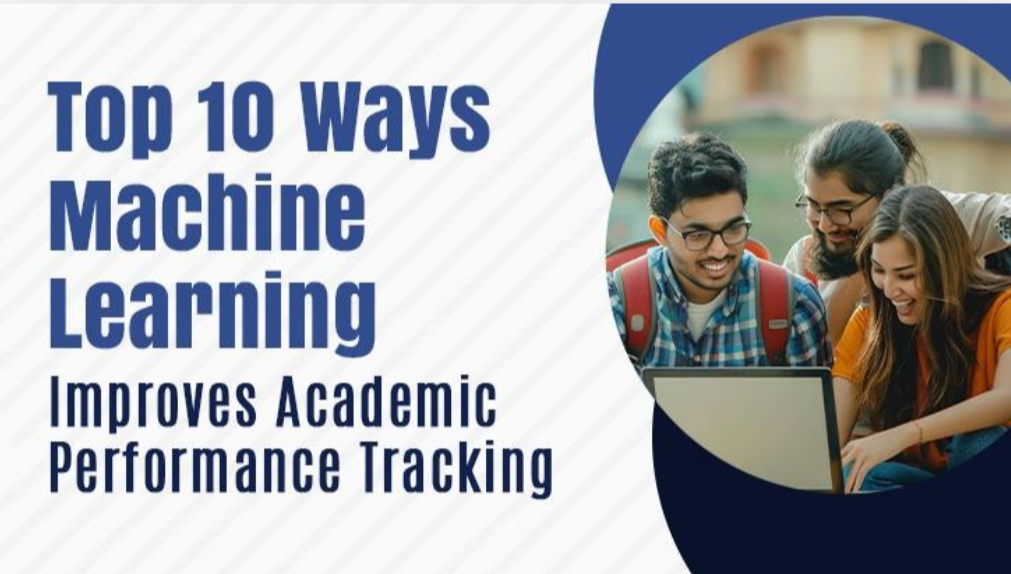
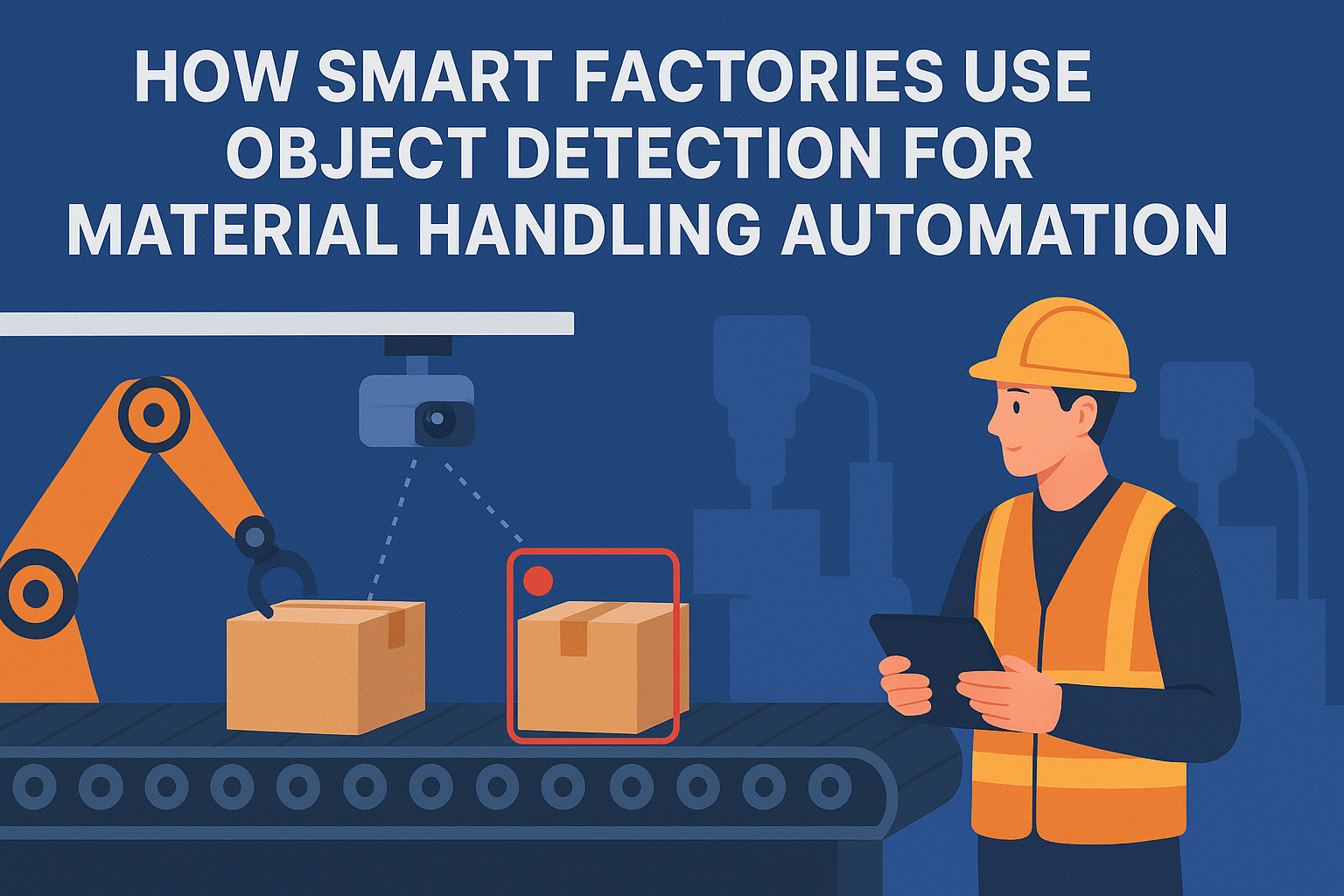
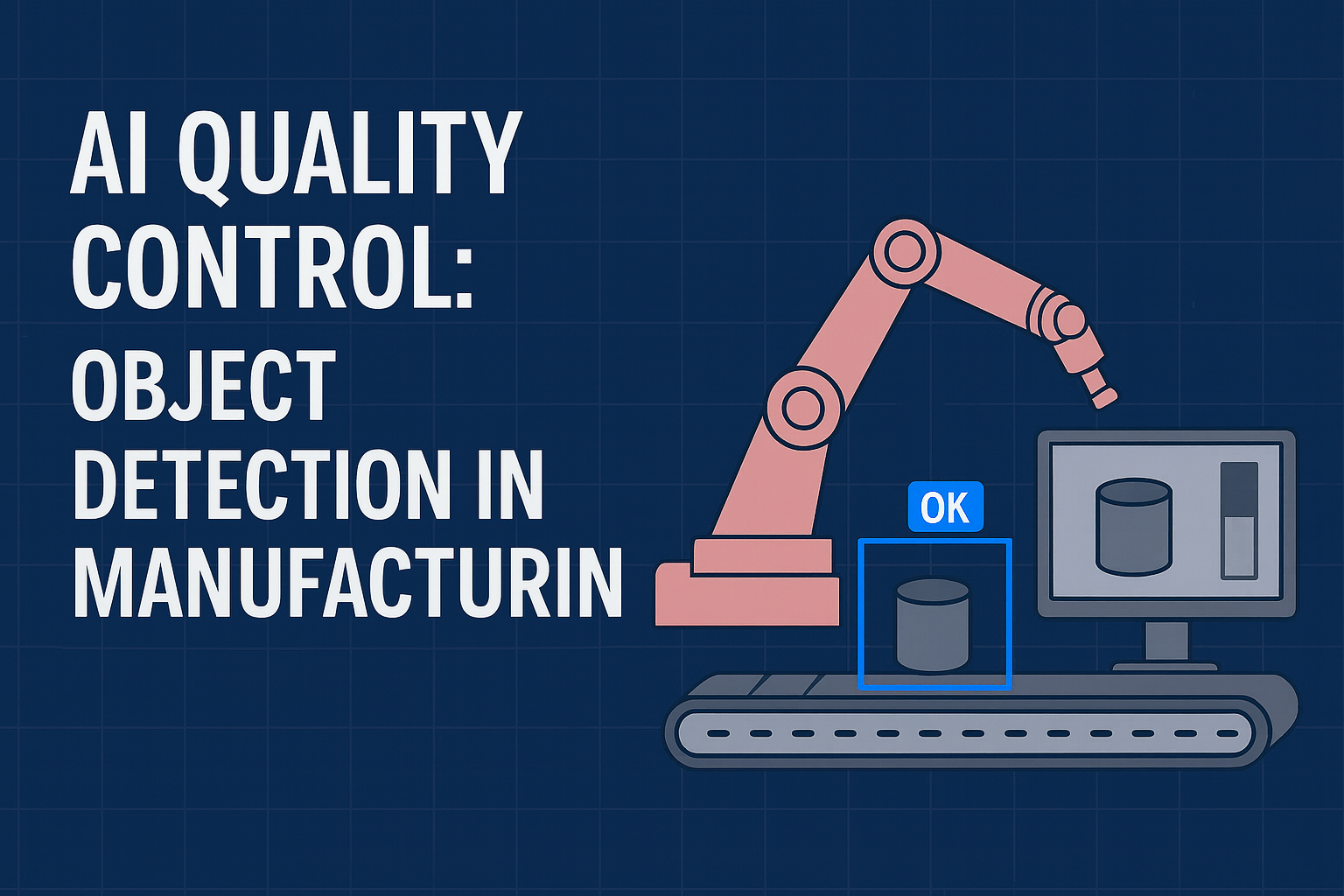
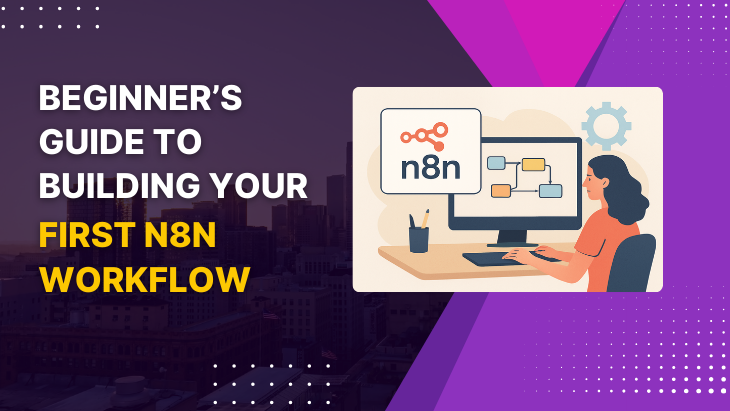
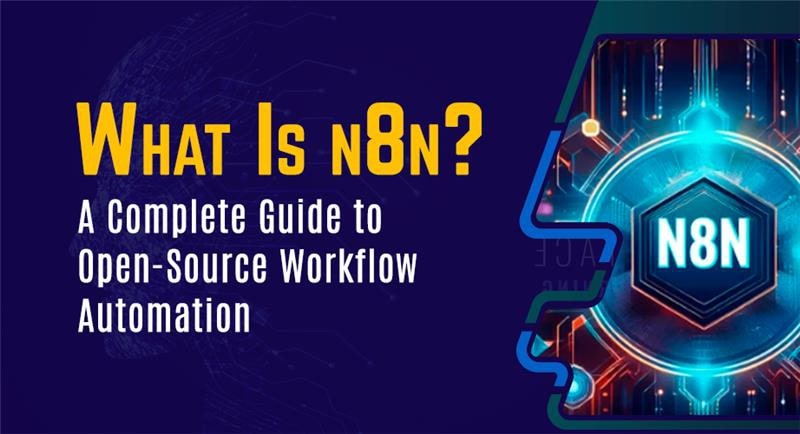

Leave a reply